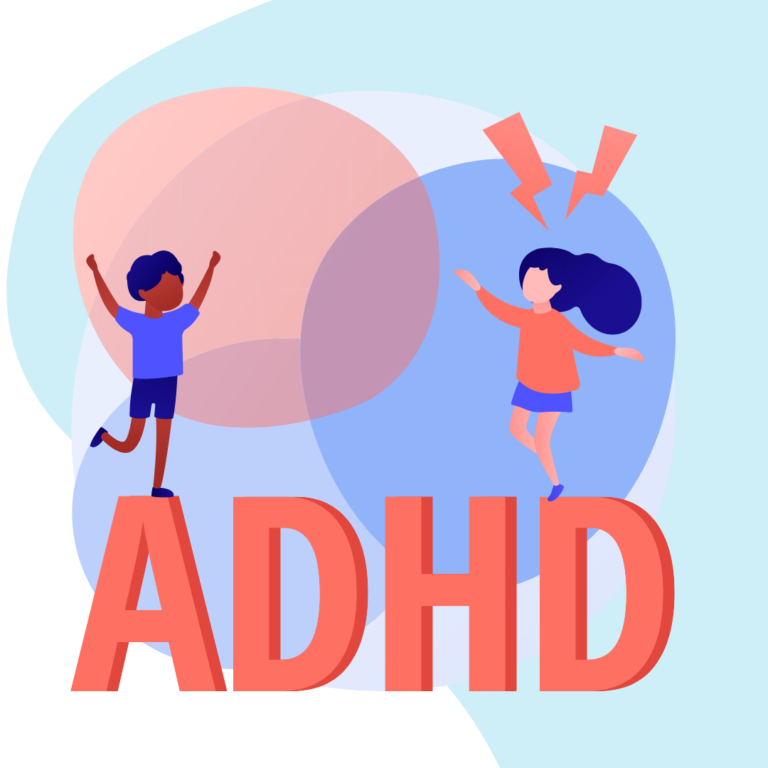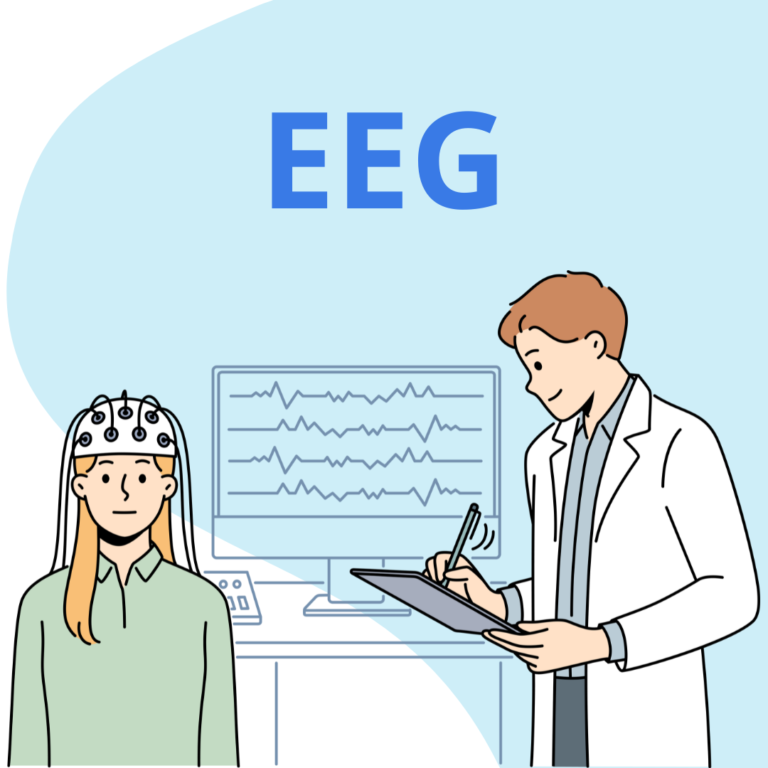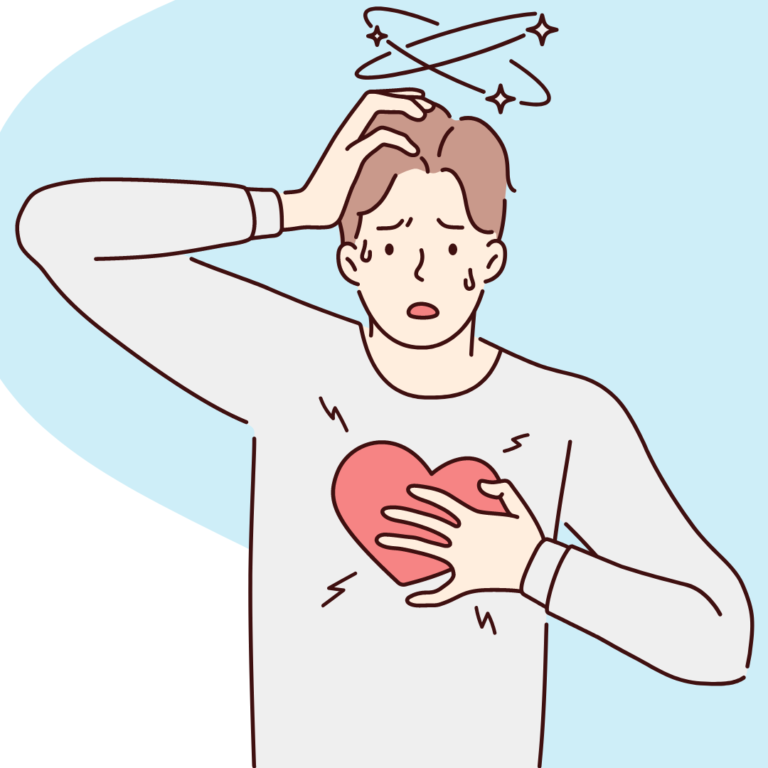Before the first appointment at Neurosphera, so-called “zero” appointment, which can be described as a preparatory appointment, has to take place. It is crucial for diagnose and treatment. The more exhausting information the doctor receives during the appointment, the more valuable the next appointment, during which a doctor will summarize received information, confirm a diagnosis and prescribe a treatment, will be. And the more accurate the diagnosis, the more effective the treatment. That is why it is worth to prepare properly for the “zero” appointment and come to Neurosphera, or make an appointment online, with all the necessary information at hand. What kind of information? Follow the steps below.
Thera are dozens of types of epileptic seizures that may differ between each other very subtly, so even a small detail may prove to be crucial; so it is important to mention everything during an appointment. On how accurate are the data we provide to the doctor will depend how quick and accurate a diagnosis is, and thus – properly selected pharmacotherapy or other treatment method. Therefore, do not skip any fact – the physician is the one to decide whether the information is important, and in case of any doubts – they will order any additional tests or take a more detailed medical interview.
Table of contents
Seizure record
For some patients, epilepsy is the first and only diagnosis. Therefore, during the “zero” appointment, all information about its course is important, especially one on the first seizure. Of course, in case of people who have had epilepsy for a long time it is not necessary to give the specific day, but the month and year are important. Patients who report their first seizure, or patients with a small number of seizures (countable), should give the exact date, with an indication of the specific day and even the time of its occurrence.
In addition to the date of the first seizure and its course, it is important to recall and tell your doctor what was going on around that seizure. This includes such significant deviations from the norm as, for example, increased stress levels on the day of the seizure, more work than usual, or, for example, a sleep deficit after a sleepless night. Anything that makes that day go differently than usual can provide your doctor with information about factors that may have triggered the seizure. That is why it is a good idea to make an effort to remember all these small but important details before your appointment.
In case of patients who have suffered from epilepsy for some time, information about the course of the disease is important. Patients may experience better and worse periods during their illness. Sometimes there are fewer or no seizures, but sometimes there are more than average. Therefore, during a zero visit, it is important to give the doctor a sort of timeline of the course of the disease, marking periods of its remission and exacerbation. This is a very valuable diagnostic clue.
Medicines and seizures
In the description of the course of the disease that you give to your doctor, it is important to give as much detail as possible about the pharmacotherapy you have undergone so far. How do the medications taken correlate with the number and severity of seizures, was there a worsening or an improvement while taking a particular medicine? All of this is valuable information for the physician.
The physician will also ask about patient’s tolerance towards prescribed pharmacotherapy. Did the medications cause bothersome side effects, and if so, were they very bothersome, minor, tolerable, or maybe there were none? Be sure to make a note of this information and report it during the interview.
During the visit, we always ask about patient’s reaction to the medicines. Even if a medicine reduces the symptoms to zero, but the patient experiences adverse reactions that significantly impair their quality of life, this treatment cannot be considered appropriate for this particular patient. The treatment must always take into account both aspects: the clinical efficacy of a medicament, i.e., the reduction of seizures, but also patient’s tolerance towards the medicine. Patient must not think of the next dose as an unpleasant chore. The treatment of epilepsy usually takes years, so living with the disease and with the consequences of adverse effects of medicines cannot be considered a good therapy for the patient.
Comorbidities
For the diagnosis, and, above all, for the correct choice of treatment, it is important whether the patient, in addition to epilepsy, has other diseases, especially chronic diseases that require advanced pharmacotherapy. Adverse, sometimes health-threatening interactions may occur between these medications and those prescribed for epilepsy. So prepare a list of the medications you are taking so that your doctor can take them into account and prescribe you antiepileptic medicines that do not interact with those you are already taking.
Types of seizures
During the “zero” appointment interview it is crucial to identify the types of seizures that the patient suffers from. And since many patients suffer from more than one type of seizure, providing the most accurate data about them is very important.
The patient may experience seizures that they describe as large or larger, with loss of consciousness, convulsions, falling to the ground, biting the tongue. But also: smaller seizures, without loss of consciousness, with convulsions of only one or two limbs, with loss of consciousness or after-effects of postict sleep. It is important that the patient be able to describe these seizures as accurately as possible to help classify them.
Once we determine the number of seizure types, they can be described more precisely in terms of their characteristics and course. In the Neuroterminal system we have a series of questions to clarify each seizure type: from the seizure prediction, i.e., a premonition that a seizure will, for example, happen today, to the aura immediately preceding the seizure, to the seizure itself and its initial part, the subsequent symptoms and the end, and what happens to the patient after the seizure. Since many seizures are accompanied by disorder and loss of consciousness, it’s especially helpful to capture these seizures so the doctor can see them. The camera on the phone has an invaluable role in this case. In the case of children, the role of documenting the seizure is assumed by the parents; in the case of an adult, it may be another close person. However, if it was not possible to record the event, it is important that the person who was with the patient at the time of the seizure describe the various components of the seizure. If you have such a video or description, be sure to bring it with you to your visit. If you keep a seizure diary (also available in the Neuroterminal system), be sure to show it to the doctor.
Ask your questions!
We are very committed to ensuring that every patient receives the most effective help possible during their visit. This applies not only to diagnosis, medication or management, but also to knowing more about the disease they are dealing with. Therefore, if anything is unclear to you or something is bothering you, you have any questions, concerns or doubts, write everything down and simply ask the doctor about it. The same goes if something is not clear to you during your visit – a medical term, a recommendation, anything. Don’t hesitate to ask – you have a right to know and understand. Don’t walk out of the office (or online visit) with questions, we are here to give you answers.
As soon as possible after the “zero” appointment, using Neuroterminal system, make an appointment for the first visit, during which a comprehensive diagnosis will be made, you will receive detailed information about treatment, medication, dosage and everything else that is necessary in the treatment of epilepsy. During the first visit the doctor will also suggest a suitable attending physician for you. You will be able to choose them just after the first visit.
If you need certifications or any other documents, make it known at the time of your visit, so we can prepare accordingly.




